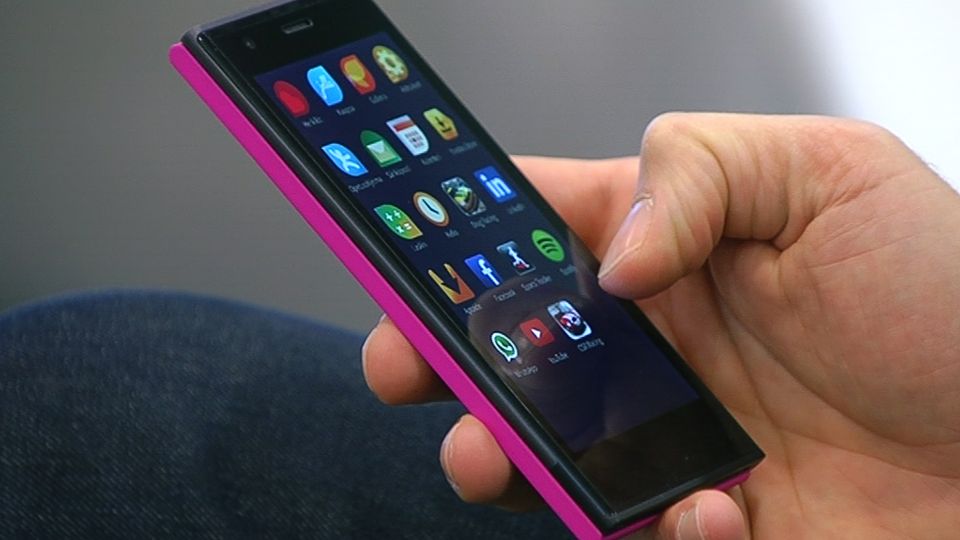Current mobile networks will find an eventual place in cars for passengers’ entertainment and personal communications, but safety legislation will give the technology a head start in cars. That legislation will require emergency-call (e-call) technology in all vehicles in Europe by 2015 so cars can automatically dial for help after a crash.
After that, it’s an easy next step to other wireless services that carmakers could charge for: “c-calls” for concierge-like help finding something like a nearby hotel and “b-calls.” The technology that would be used to accomplish this would be similar to that of the existing OnStar feature in GM models. Another perk of e-call technology: it can be used to track the location of stolen cars.
Whether people’s smart phones or the car itself will provide links to the network is an open question. Adding mobile networks to cars raises the payment problem. Will people sign up for new data plans for their cars, or will they add new usage to existing mobile contracts by letting their cars use their phones’ network? Are you ready to pay for a second, third, or fourth data plan? Infrequently used technologies like e-call aren’t much of a burden to carriers, but somebody’s going to have to pay if kids are streaming videos into the backseat. What would really make sense is to either have a universal carrier that was paid for by taxes in some way, or a global satellite that could somehow provide wireless internet service to everyone for free.
Whatever the result is, one thing is certain: smart phones and cars will have to cooperate. The three most used apps make obvious sense for such cooperation: Those for navigation, playing music, and handling phone calls. If the technology spreads, it could lead to a super-personalized world. Bringing your phone into a rental car, for instance, would customize it immediately so you’d know how to operate it. A big perk of the approach: phones, apps, and mobile networks change fast, so relying on them helps sidestep the problem of slow-changing cars falling behind the technology curve. Everything would update the way an app does on your phone now.



